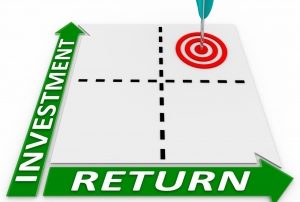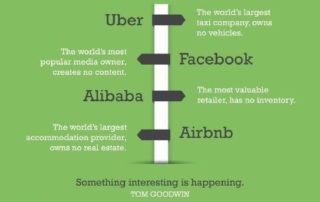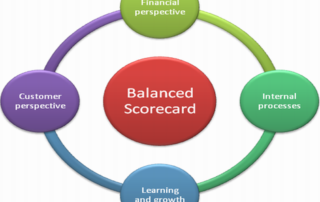How to drive a successful technology project
Have you gone through a software implementation in a large company? How much time did you spend in committees discussing things? What was the level of detail at which discussions were had? Do you think all that preparation got your firm better positioned for success? How were the results in the end? This blog post puts forward some ideas on making software implementations successful.









